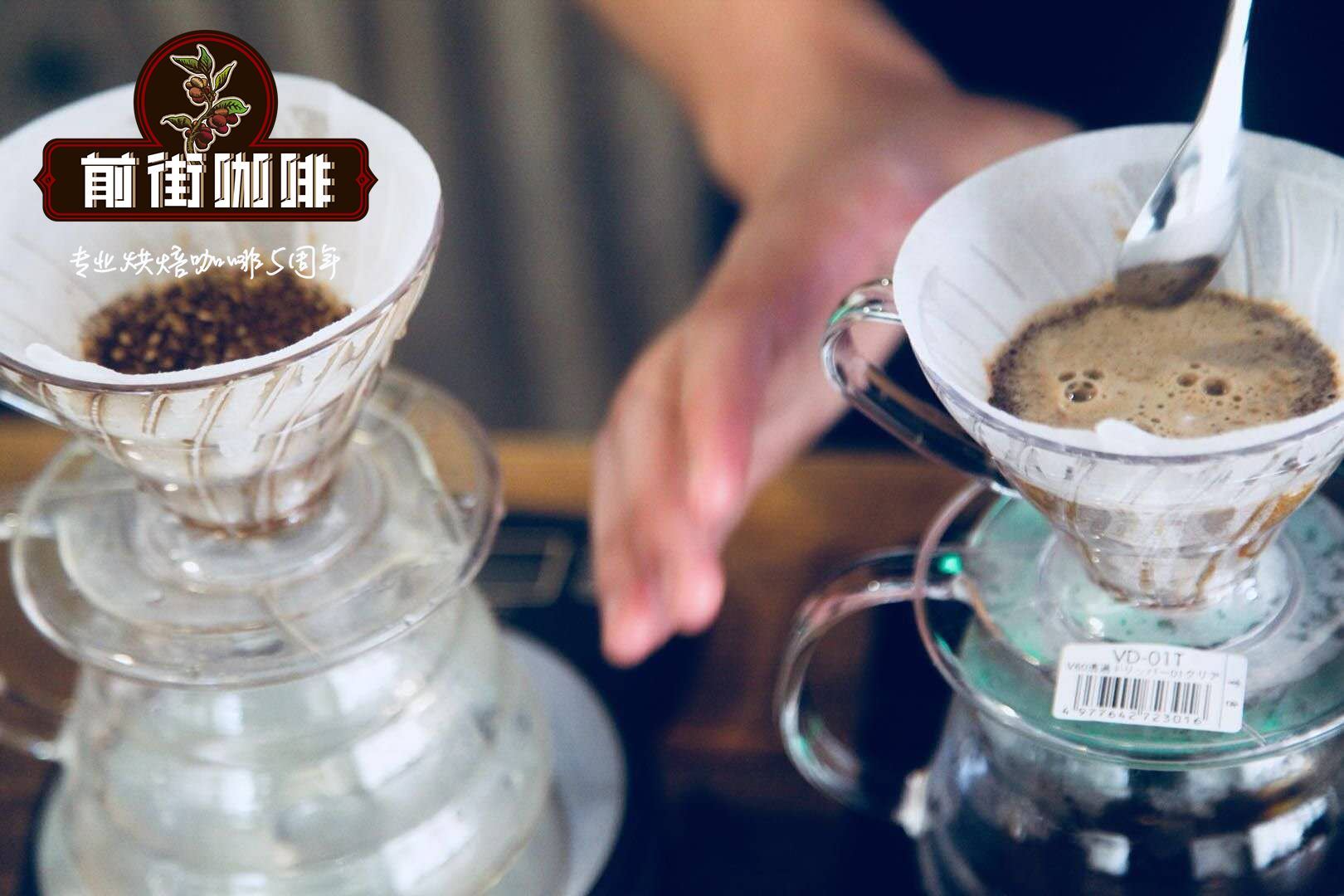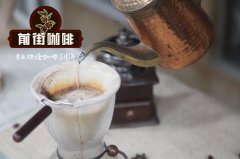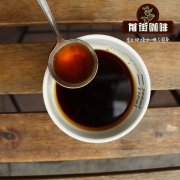How do Burundian coffee beans are made in the sun? bourbon coffee is made by hand at Pemba processing plant in Cayanza province, Burundi.

Professional coffee knowledge exchange more coffee bean information please follow the coffee workshop (Wechat official account cafe_style)
Bean seed: Burundian coffee bean Pemba processing plant, Cayanza province
Production area information: Pemba treatment plant / bourbon / 1750 meters in Kayanza province
Treatment method: sun exposure / medium and shallow baking
Degree of grinding: 3.5
Powder: 15g
Powder-to-water ratio: 1purl 16.6
Water temperature: 93 degrees
Filter cup: V60
Time: 2 minutes and 30 seconds
Flavor description: Star fruit juice dried mango with slightly wine-scented tail
Recently, there is no PO in the backlog of notes for nearly 2 months, so procrastination can be cured.
The rare sun treatment in Burundian coffee.
Experience:
The smell of dried beans is relatively refreshing, jumping out of the style of recently drunk deep-baked beans in a second. After grinding, the first feeling of carambola aroma came to my nostrils. When I was going to say that I had never smelled guava and could not be recognized, I smelled the smell of dried tropical fruits, and the sweetness was also good. The overall aroma of the fruit is very rich and solid.
The entrance is clean, supple and excellent, with the juice conditioning of Star fruit juice. But in the middle of the drink, it immediately shows the aroma of dried tropical fruit, which shows that its sun characteristics are still obvious, but there is no excessive fermented flavor. The last paragraph is a light wine aftertaste, a little fruit wine feeling. On the whole, it is highly complex with beans, moderately sour and full-bodied.
Ps: the last cup is changed to stir and steaming, the difference is that the overall acid quality is brighter and clearer, and the sweetness in the range from medium temperature to low temperature is very full, with extra points. The overall experience is more open.
END
Important Notice :
前街咖啡 FrontStreet Coffee has moved to new addredd:
FrontStreet Coffee Address: 315,Donghua East Road,GuangZhou
Tel:020 38364473
- Prev

Flavor characteristics of Burundian Luna Sippon Coffee beans Information introduction to Nyarunazi Lunaxi Cooperative
For more information on coffee beans, please follow the Coffee Workshop (official Wechat account cafe_style). This African Burundian coffee comes from the Nyarunasi Cooperative, which is made up of more than 8000 family farms. 10 to 200 coffee trees are planted on each farm. Of the 539 members of the Nyarunasi Cooperative, 148 are women. The cooperative is located in Muramvya
- Next

The Yemeni mocha Hirazi producing area according to the flavor of the wild mocha coffee variety of Sima Ismaili?
Professional coffee knowledge exchange more coffee bean information please follow the coffee workshop (Wechat official account cafe_style) Yemen mocha Hirazi production area Yishi Mary Ismaili wild coffee flavor? The origin of wild coffee may be in Ethiopia (Ethiopia) in northeast Africa. It spread to Yemen in southern Arabia in the 15th century for artificial cultivation.
Related
- Detailed explanation of Jadeite planting Land in Panamanian Jadeite Manor introduction to the grading system of Jadeite competitive bidding, Red bid, Green bid and Rose Summer
- Story of Coffee planting in Brenka region of Costa Rica Stonehenge Manor anaerobic heavy honey treatment of flavor mouth
- What's on the barrel of Blue Mountain Coffee beans?
- Can American coffee also pull flowers? How to use hot American style to pull out a good-looking pattern?
- Can you make a cold extract with coffee beans? What is the right proportion for cold-extracted coffee formula?
- Indonesian PWN Gold Mandrine Coffee Origin Features Flavor How to Chong? Mandolin coffee is American.
- A brief introduction to the flavor characteristics of Brazilian yellow bourbon coffee beans
- What is the effect of different water quality on the flavor of cold-extracted coffee? What kind of water is best for brewing coffee?
- Why do you think of Rose Summer whenever you mention Panamanian coffee?
- Introduction to the characteristics of authentic blue mountain coffee bean producing areas? What is the CIB Coffee Authority in Jamaica?

